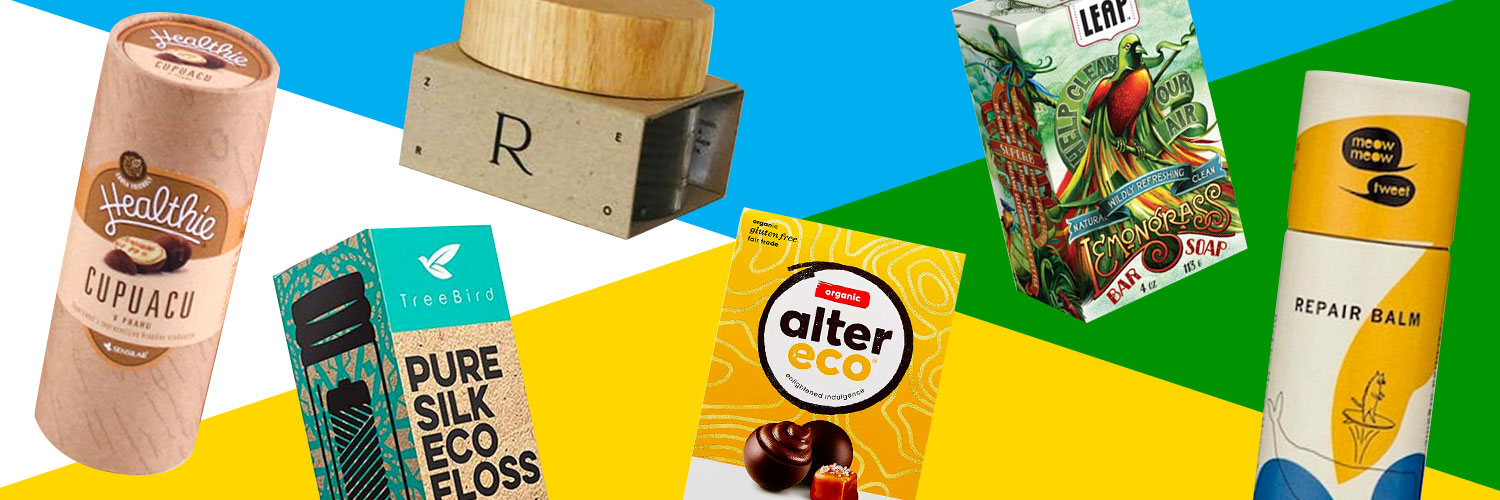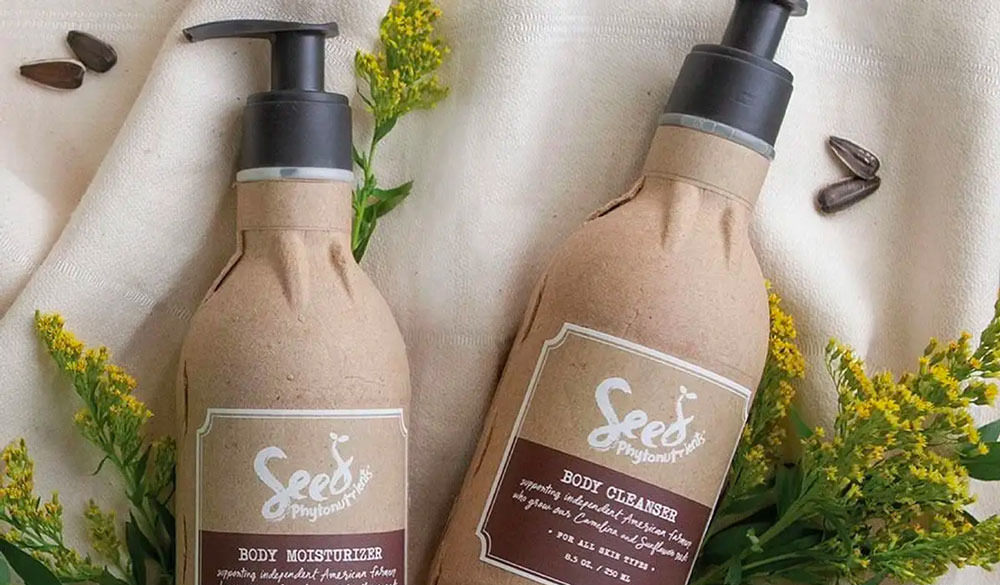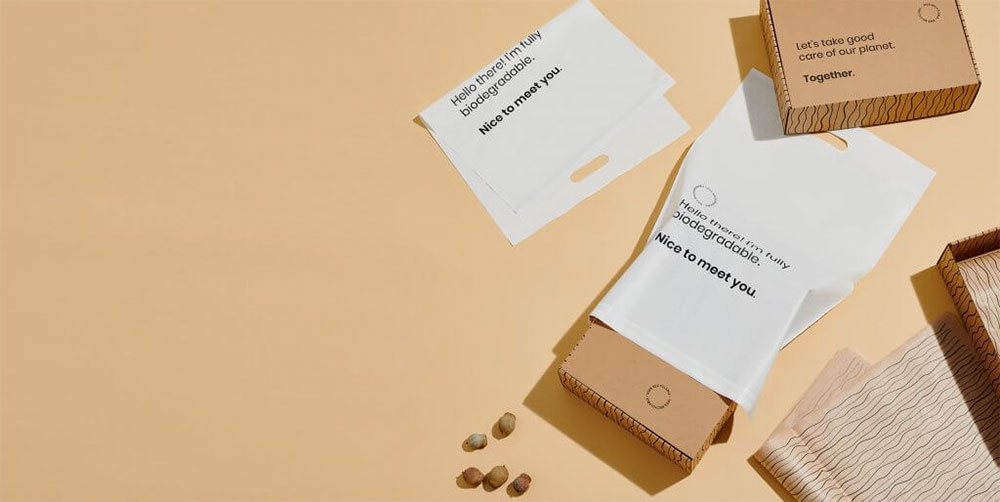Across virtually every industry, consumers are demanding sustainability, and these numbers are continuing to grow. This presents a massive opportunity for packaging companies and for the packaging industry as a whole. A recent survey found that 65% of consumers want to buy purpose-driven brands that advocate for sustainability. However, only about 26% are able to follow through on that desire. That’s why companies need to consider how to narrow that “intention-action gap,” as the Harvard Business Review calls it. Factor in that another recent report found that 74% of consumers would be willing to pay more for sustainable packaging, and it’s clear that a big opportunity exists for packaging firms. This post looks at a few routes to sustainable packaging initiatives and examines some key examples that can hopefully help inform your next packaging project.

EVALUATING YOUR PAPER SOURCE
To create effective packaging, brands and designers will likely be partnering with a range of businesses, from packaging wholesalers to packaging design firms. It’s important to vet these companies and ensure that they have a commitment to sustainability efforts. Examining their practices in manufacturing and their product offerings is a great place to start. On casemakes.com we make sure to inform potential customers about our waste stream management, recycling capabilities, plastic-free options, and more (you can take a look here). Within our industry, there are also independent agencies dedicated to sustainability-related certifications. A few of the major players are the Sustainable Forestry Initiative, the Forest Stewardship Council, and the Programme for the Endorsement of Forest Certification. Companies looking for a packaging supplier should make sure to inquire about a given partner’s certifications.
ECO-FRIENDLY PACKAGING DESIGN
Conscious design choices can benefit sustainability. In a recent blog post, we explore innovative paper-based packaging as a great option for sustainability due to its high recyclability (one study found an 80% recyclability rate for paperboard packaging in Europe), but there are other options, as well. Lightweighting is a practice that involves conscious design to create lighter packaging, thus using fewer materials. The reduced weight also lessens the environmental impacts associated with shipping the product and packaging. This can be achieved in a few different ways, from designing the packaging to more closely conform to the product’s shape, to reducing the thickness of stock used. Additionally, while certain companies can use biodegradable packaging, it is more common to turn to other recyclable, sustainable materials, whether they be paper, plastic-free laminates, or water-based adhesives and lacquers. Due in large part to sustainable forestry practices to supply the paper and board industries, we actually see annual forest area growth!
One brand that’s enjoyed massive success is the new, eco-friendly sneaker brand Allbirds. Not only do they make their products with sustainability in mind, they deliver them in eco-conscious packaging. Each shoe is contained within its own smaller box for extra durability, and overall material usage is lessened because the boxes are designed to be shipped, eliminating an issue faced in most e-commerce shoe sales, where a shoebox is placed inside a larger box before shipping. It doesn’t hurt that the box is cleanly designed, with only a neatly printed brand name (in their signature font), on 90% post-consumer recycled cardboard. You can check out a full unboxing here.
Another company, Natural Science Beauty, produces body care products and has demonstrated that packaging can be eco-conscious, functional, and aesthetically pleasing. Their product line comes in recyclable jars, labeled with recyclable paper illustrated with beautiful watercolor illustrations that evoke natural forms. The paperboard packaging features the same imagery, emphasizing the brand’s overall mission of providing effective body care products that are completely organic, plant-based, and wildcrafted. Take a look at their site, and their packaging, here.
THE PACKAGING INDUSTRY’S FUTURE
There’s more than one way to go green when it comes to packaging. Ultimately, the best solution for an individual product depends on the product’s specific packaging needs. As Europe-based packaging firm Packhelp puts it in their recent article on sustainability, it’s crucial to “do your own research.” More often than not, this looks like enlisting a partner with vast technical expertise who can help inform your design process and recommend the materials that balance sustainability with your own product needs. It’s also wise to ask them about their own sustainability practices, as a company that is mindful of its own impact is far more likely to help you create effective, sustainable packaging. For more information, make sure to read our recent report. Certain sections cover (and share examples of) how certain industries are creating innovative, effective, and eco-friendly packaging.



